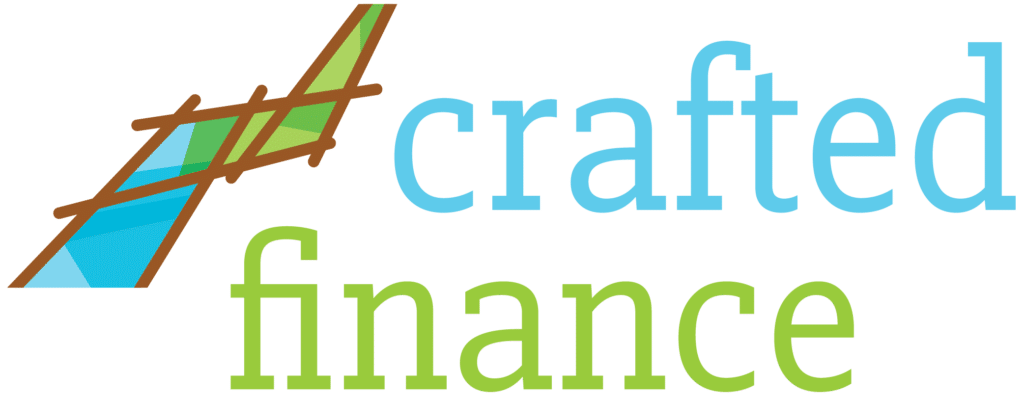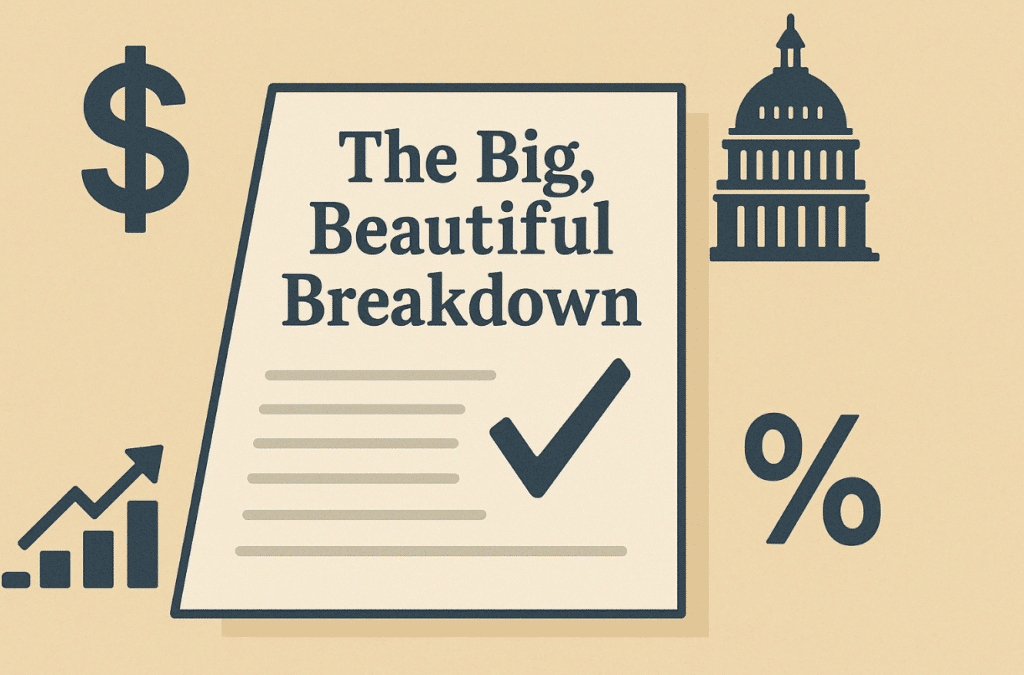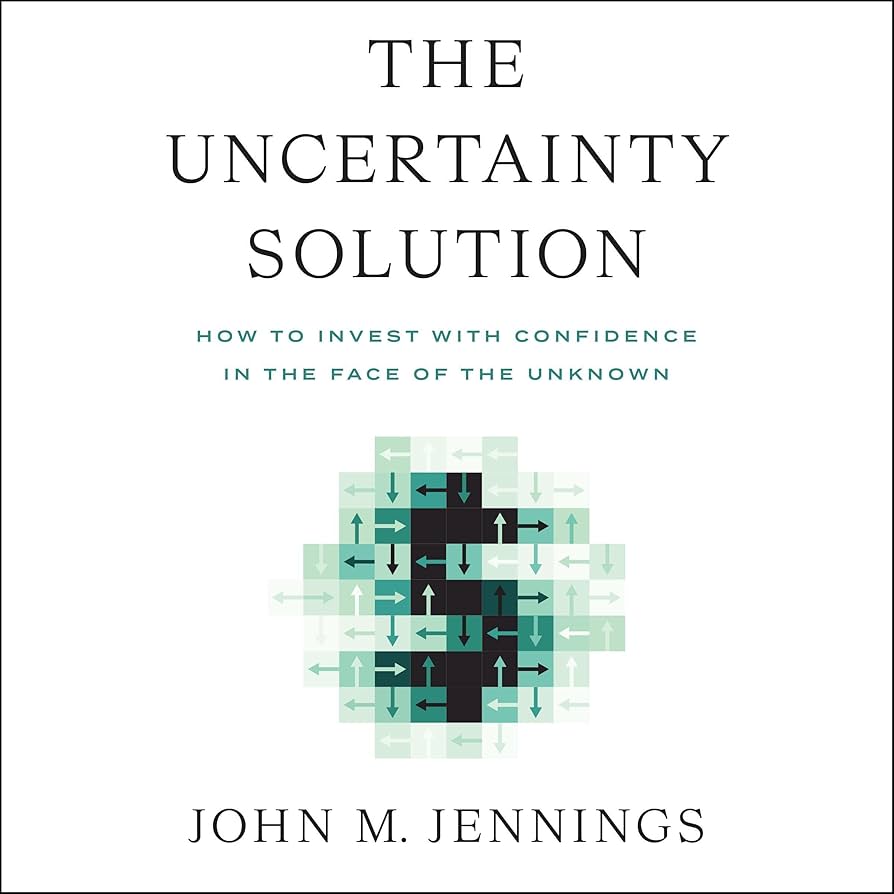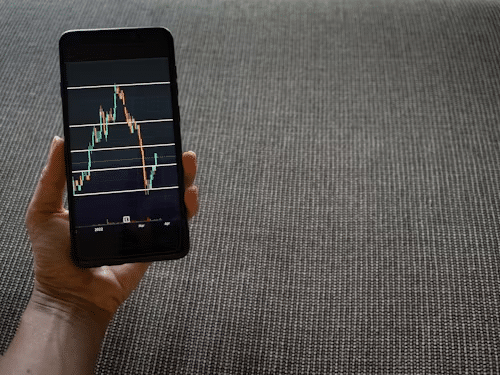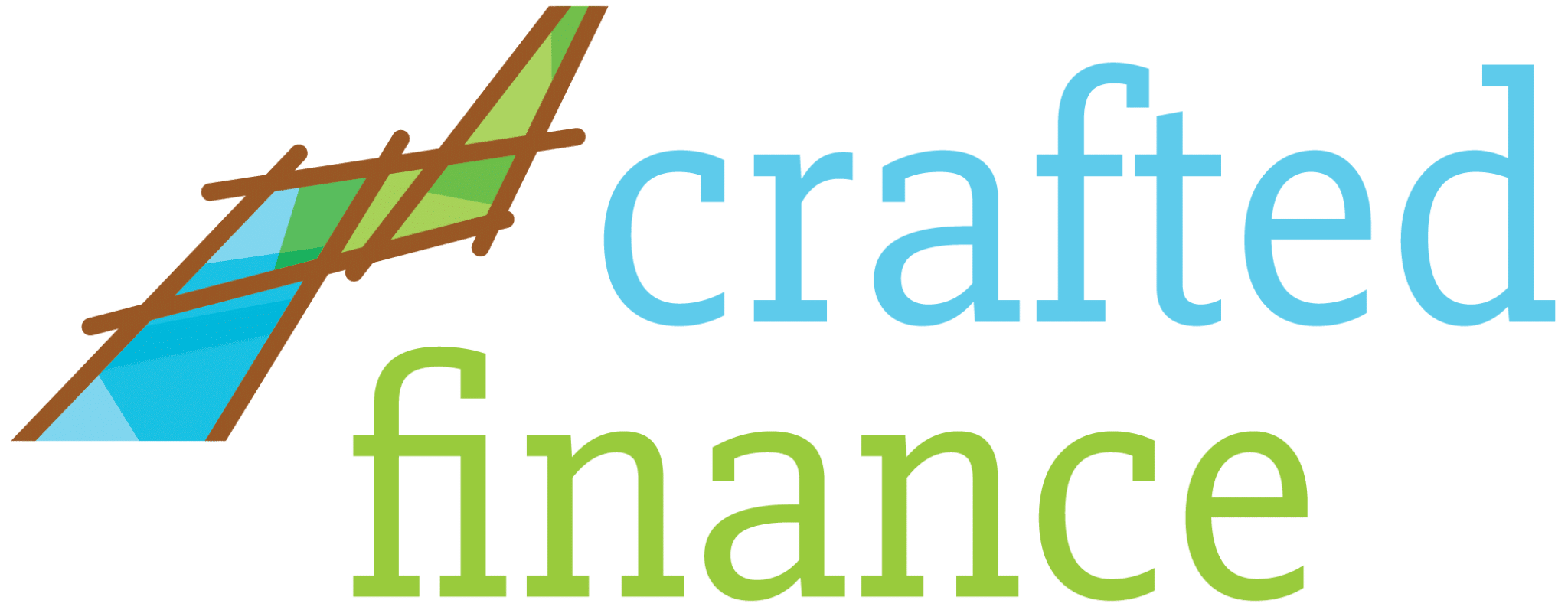Just recently, I signed up for a Paramount Plus free trial. There was a documentary my wife and I wanted to watch, and a prequel series to Yellowstone I fancied sinking my teeth into. Fast forward a few weeks, and you guessed it, I forgot to cancel the subscription. And with inflation being what it is, the last thing on my docket (and everyone else’s) is unnecessary expenses.
Price tags in 2022 are hard to look at, but they can’t be ignored. Instead, it’s best to face expenses head on and focus on what you can control. By doing this you’ll develop new-and-improved habits that’ll keep you weathering this economic storm.
By identifying key areas affected by recent inflation, you’ll uncover opportunities to change up and save big. So together we’ll review 5 places where inflation is likely hitting you hardest, what actions you can take, and how you can plan more effectively in the future.
1) Driving
One of the biggest sources of pain is found at the pump. The U.S. has seen gas prices jump 48% due to factors like the Ukrainian war, consumer demand, and lingering supply chain issues carried over from the pandemic.1
And for those in the market for new and used cars, matters are only made worse. This year, we’ve seen new car prices jump over 12%, and over 40% for used ones.2 So take advantage of working from home and local hangouts!
Cutting down your driving could save you hundreds a month in gas. And the lack of extra miles will do wonders for your car’s wear and tear. Because if there’s anywhere you don’t want to be driving right now, it’s to a dealership for a new or used car.
2) Groceries
Trips to the grocery store haven’t been too pleasant either. Just recently, we saw an 8.8% year-over-year increase in the food price index.3
But not all areas have been affected equally. We’ve seen a range of price spikes across grocery items. These include, but are not limited to milk (13.3%), eggs (11.2%), meat (13.8%), bread (7.1%), fruits (10.1%), and vegetables (5.9%).3
If you aren’t doing so already, it’d be a good time to start having a grocery list and sticking to it. Going in without a plan leaves you vulnerable to impulsive shopping. And take your momma’s advice and eat your vegetables.
3) Utilities
Being conservative with your energy consumption isn’t just good for the planet. It’s good for your wallet. And that’s especially true when you consider your latest utility bills.
Since 2019, utilities have outpaced inflation. This includes price increases for electricity (12%), piped gas (27%), propane, kerosene, and firewood (34%).4
So stop leaving the lights on and taking overly long hot showers. And if it starts feeling chilly, consider reaching for a sweatshirt instead of a thermostat. It’ll save you in the long run regardless of inflation. And as someone who just recently had natural gas inserts installed, all I can say is, damn you Putin!
4) Eating Out
The total you’ll see in the checkout aisle may be rough, but it pales in comparison to the one the waiter drops off. Eating out was plenty expensive before record-breaking inflation. Now it’s even more so.
Full-service restaurants have seen prices jump 7.1% over the past year.5 And if you think inflation fares better at the golden arches, you’re mistaken. Limited-service restaurants like Starbucks and McDonald’s have seen their prices pop 8%.5
By sticking to the grocery store you’ll have food at home. This means less temptation to go out and order in. Self-discipline is key, and the numbers don’t lie. Sadly that includes the ones telling me weight after I relapse at a drive-thru.
5) Home Improvement Projects
Unfortunately, it looks like we’ll be stuck with a lot of the remodeling trends from 2021. That means supply shortages, labor shortages, and staggering home improvement costs.
January 2022, saw significant year-over-year price spikes for various home improvement items. These included, but were not limited to window coverings (16.2%), floor coverings (7.2%), appliances (8.5%), and living room/kitchen/dining room furniture (19.9%).6
As someone who personally dealt with this, let me tell you, it’s no joke. And the uncertainty about future prices can be a double-edged sword. Will it be cheaper now or later' But whether or not you can afford it now is still the real question.
If you’re not looking to put your home on the market, or truly need it, analyze if you can still afford the improvements you want to make. We’re having so many conversations with clients right now on this very issue. We’ve often found holding off is still an option, and doing so might just save you some serious financial stress in the future.
6) Subscriptions (Bonus)
It turns out I’m far from alone in the subscription struggle. Several recent surveys have shown many Americans are failing to manage their subscription costs. And in the digital age, that’s a problem that adds up fast.
A Bankrate survey found that 51% of its U.S. adult respondents had incurred unwanted subscription charges (ex: forgetting to cancel).7 Another survey conducted by Chase found that 71% of its U.S. respondents were wasting over $50 a month on subscriptions they didn’t even want.7
So take inventory of your subscriptions, and be honest with yourself. I know I cut the cable cord, but don’t seem to be saving as much anymore. Are you getting enough value out of your subscriptions to justify their monthly costs' If not, it’s time to drop the service and put that money to better use.
How Crafted Finance Can Help
Time’s are tighter than usual, which is cause for more mindful spending. By controlling your expenses where you can, you help buck the trend of rising inflation. And by focusing on the areas most relevant to you, you can buck even harder.
So what are the costs associated with inflation' Well right now, they’re ones seen majorly at the gas station, grocery store, restaurant, and home. But if you can adjust your spending habits in each of these areas, you’re going to take back the power of your wealth. And don’t worry, you’re not alone in figuring it out.
At Crafted Finance we work closely with our clients to develop a financial plan that works for them. We take into account where they’re looking to go, and develop a system they can take action on to get them there.
Part of this process involves helping you spot inefficiencies in your financial habits, controlling your costs, and maximizing your savings and investments. To see how we might be able to help power your wealth through high-inflation, feel free to reach out to us at (650) 336-0598. You can also fill out a contact card here, and we’ll reach out to you.

